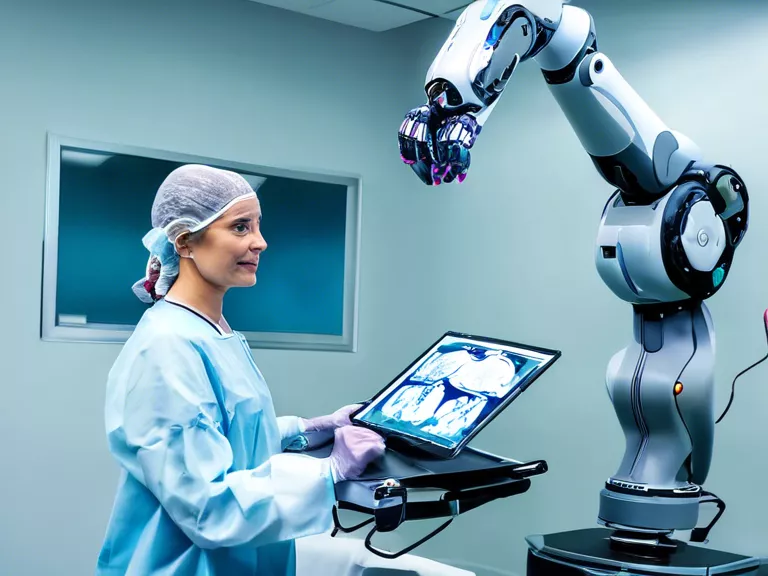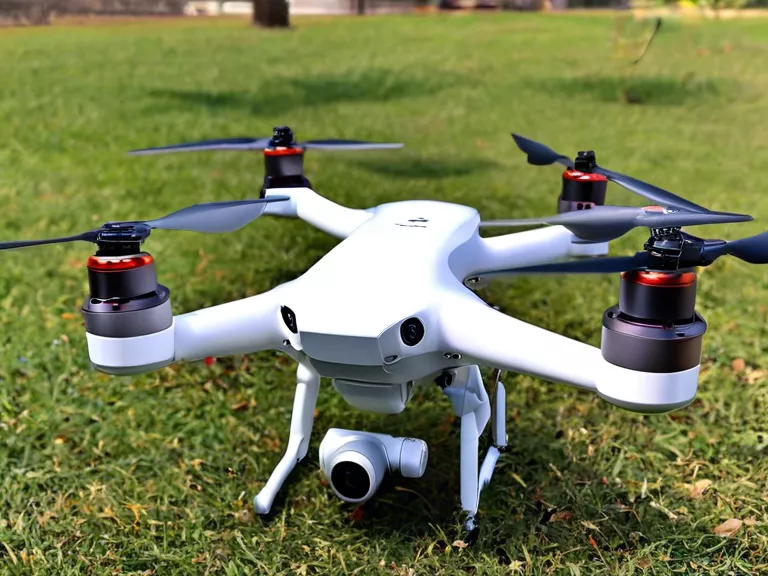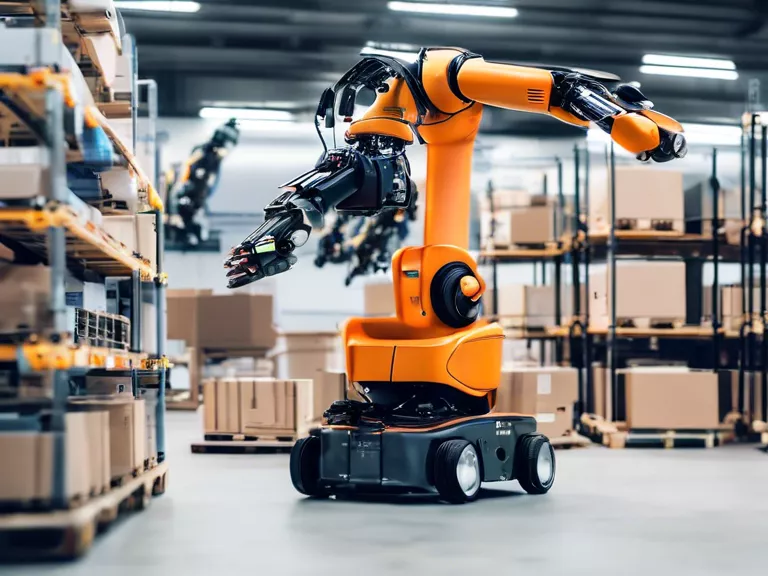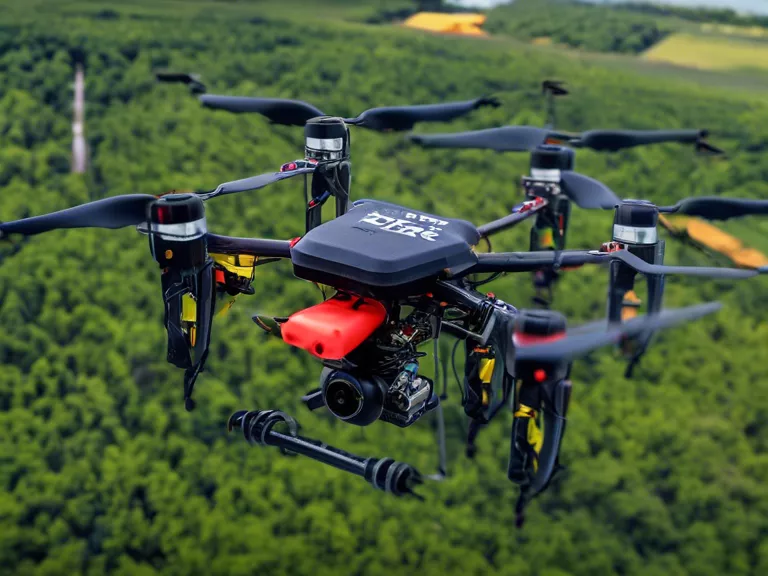
Robotics technology has revolutionized the field of medicine, particularly when it comes to surgeries and medical procedures. With the advancements in robotics, precision and accuracy in surgical interventions have been greatly enhanced, leading to improved patient outcomes and shorter recovery times. This article explores how robotics is transforming the medical landscape and enhancing precision in surgeries and medical procedures.
One of the key benefits of using robotics in surgeries is the high level of precision it offers. Robotic systems can perform complex and delicate procedures with unparalleled accuracy, minimizing the risk of human error. Surgeons can control robotic arms with precision, allowing them to navigate through tiny incisions and access hard-to-reach areas within the body.
Moreover, robotics technology provides surgeons with enhanced visualization capabilities. 3D imaging and high-definition cameras allow for a clear and magnified view of the surgical site, enabling surgeons to see details that may not be visible to the naked eye. This improved visualization helps in better decision-making during surgeries, leading to more precise and effective interventions.
In addition to precision and visualization, robotics also enables minimally invasive procedures. Robotic-assisted surgeries often require smaller incisions compared to traditional open surgeries, resulting in less trauma to the patient's body. This leads to reduced pain, shorter hospital stays, and faster recovery times. Patients can return to their normal activities sooner, thanks to the less invasive nature of robotic surgeries.
Furthermore, robotics technology can be used in a wide range of medical procedures, including cardiac surgeries, orthopedic surgeries, and even cancer treatments. The versatility of robotic systems makes them invaluable tools for healthcare providers looking to offer their patients the best possible care.
In conclusion, robotics is playing a crucial role in enhancing precision in surgeries and medical procedures. The combination of advanced technology, precision, and minimally invasive techniques is transforming the way surgeries are performed, ultimately leading to better outcomes for patients.



